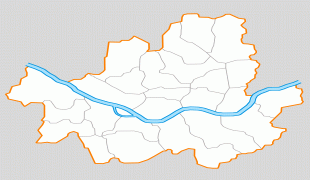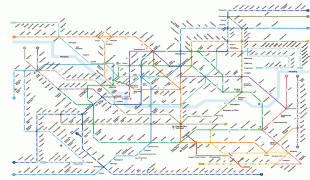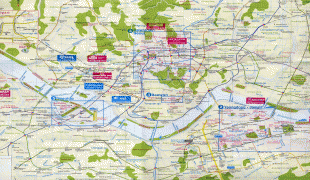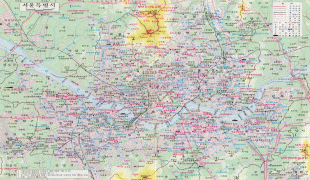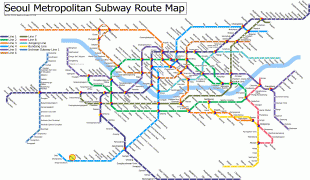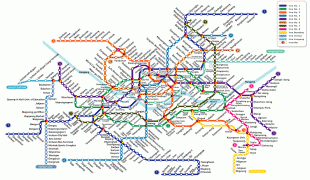Seoul
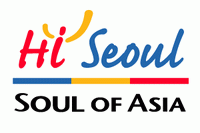 |
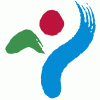 |
Seoul was rated Asia's most livable city with the second highest quality of life globally by Arcadis in 2015, with a GDP per capita (PPP) of around $40,000. With major technology hubs centered in Gangnam and Digital Media City, the Seoul Capital Area is home to the headquarters of 15 Fortune Global 500 companies, including Samsung, LG, and Hyundai. Ranked seventh in the Global Power City Index and Global Financial Centres Index, the metropolis exerts a major influence in global affairs as one of the five leading hosts of global conferences. Seoul has hosted the 1986 Asian Games, 1988 Summer Olympics, and the 2010 G20 Seoul summit.
Seoul was the capital of various Korean states, including Baekje, Joseon, the Korean Empire, Goryeo (as a secondary capital), and presently South Korea. It is strategically located along the Han River. Seoul's history stretches back over two thousand years, when it was founded in 18 BC by the people of Baekje, one of the Three Kingdoms of Korea. The city was later designated the capital of Korea under the Joseon dynasty. Seoul is surrounded by a mountainous and hilly landscape, with Bukhan Mountain located on the northern edge of the city. The Seoul Capital Area contains five UNESCO World Heritage Sites: Changdeok Palace, Hwaseong Fortress, Jongmyo Shrine, Namhansanseong and the Royal Tombs of the Joseon Dynasty. More recently, Seoul has been a major site of modern architectural construction – major modern landmarks include the N Seoul Tower, the 63 Building, the Lotte World Tower, the Dongdaemun Design Plaza, Lotte World, Trade Tower, COEX, IFC Seoul, and the Parc1. Seoul was named the 2010 World Design Capital. It is the birthplace of K-pop and the Korean wave, as it is the heart of Korean culture and massive medias, entertainment firms, and broadcasters.
The city has been known in the past by the names Wiryeseong (, during the Baekje era), Namcheon (, during the Silla era), Hanyang (, during the Goryeo era), Hanseong (, during the Joseon era), and Keijō (京城) or Gyeongseong during Japanese rule.
During Japan's annexation of Korea, Hanseong (漢城) was renamed Keijō (京城) by the Imperial authorities to prevent confusion with the hanja (a transliteration of an ancient Korean word Han'' meaning "great"), which also refers to Han people or the Han dynasty in Chinese and in Japanese is a term for "China".
After World War II and Korea's liberation, the city took its present name, which originated from the Korean word meaning "capital city", which is believed to have descended from an ancient word, Seorabeol, which originally referred to Gyeongju, the capital of Silla. Ancient Gyeongju was also known in documents by the Chinese-style name Geumseong (金城, literally "Gold Castle or City" or "Metal Castle or City"), but it is unclear whether the native Korean-style name Seorabeol had the same meaning as Geumseong.
Unlike most place names in Korea, "Seoul" has no corresponding hanja (Chinese characters used in the Korean language). On January 18, 2005, the Seoul government changed its official name in Chinese characters from the historic Hancheng to Shou'er.
Map - Seoul
Map
Country - South_Korea
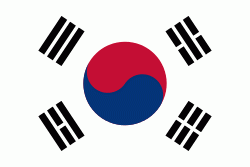 |
 |
| Flag of South Korea | |
The Korean Peninsula was inhabited as early as the Lower Paleolithic period. Its first kingdom was noted in Chinese records in the early 7th century BCE. Following the unification of the Three Kingdoms of Korea into Silla and Balhae in the late 7th century, Korea was ruled by the Goryeo dynasty (918–1392) and the Joseon dynasty (1392–1897). The succeeding Korean Empire (1897–1910) was annexed in 1910 into the Empire of Japan. Japanese rule ended following Japan's surrender in World War II, after which Korea was divided into two zones; a northern zone occupied by the Soviet Union and a southern zone occupied by the United States. After negotiations on reunification failed, the southern zone became the Republic of Korea in August 1948 while the northern zone became the communist Democratic People's Republic of Korea the following month.
Currency / Language
| ISO | Currency | Symbol | Significant figures |
|---|---|---|---|
| KRW | South Korean won | â‚© | 0 |
| ISO | Language |
|---|---|
| EN | English language |
| KO | Korean language |






